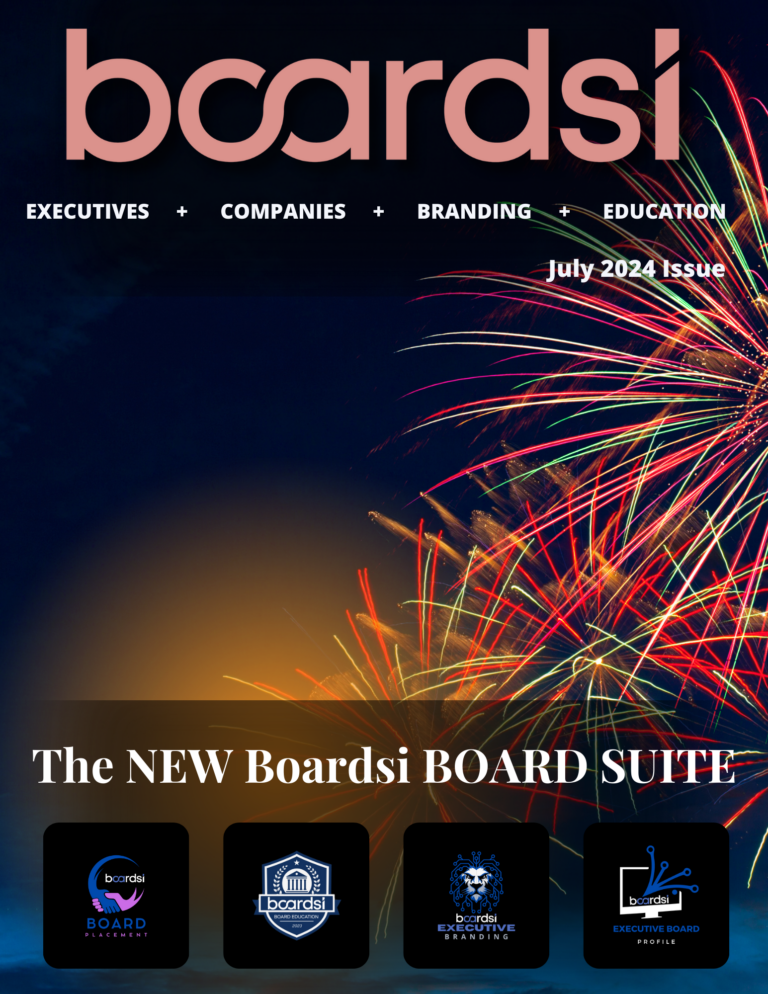In today’s world of rapid startup growth, branding your company is essential to stand out from your competitors and find success.
Competition in business today is tough, yet more and more businesses are entering the arena than ever before. While many companies never make it through their first five years, some hit it big overnight. There’s a treasure trove of wealth to be made for those of us who know how to unlock it, but times have changed, and these are unprecedented business waters.
With more avenues to reach consumers than ever before and more businesses starting up every day, all brands know they have competitors out there, but they can still take steps to stand out.
To rise above the rest, a clearly articulated and targeted brand identity is key. Here’s how to do it right:
1. Brand everything
Remember that just as important as branding your particular product or service is branding everything that goes along with it. Think about how your brand can define every aspect of your company’s identity. On your website, make sure your call to action is appropriately branded. Make sure your blog posts or social media branding all flows in line with the same branding inspiration. Especially when you put money into your company, make sure that every investment is going to be worth it for your brand identity in the long run.
A cohesive brand that represents a company’s mission, vision and values shows a level of professionalism people trust and gets companies noticed. Find creative ways to get your brand out there, including how you brand yourself. Focus on personal branding and shine a spotlight on your company by promoting your own expertise at the helm of it. Publish your insights as an industry thought leader or, for the really ambitious with a lot to say, publish your own book. The more ways you can infuse your efforts into creating a memorable brand, the more people you reach that will start to think of your company before your competitors.
To decide how you want to brand your company, narrow down your audience to the people you actually intend for your product or service to reach. Trying to be the brand for “everyone” would be wildly expensive. Targeting a niche market instead is a more affordable, efficient and effective way to reach new customers and grow. You can tailor your spending to a specific brand message more likely to attract the right people away from the competition and generate more business. When you focus on reaching “your consumers,” you can more effectively compete for their attention, and win it.
Ask yourself: Who is my customer? Really dive in and figure out who you imagine will be best suited for the product or service you offer. If that offering is geared toward senior citizens, then the aspects of branding you need to consider will be totally different than an audience of Millenials. You can still explore other markets with sub-brands, but don’t try to make your brand one-size-fits-all. The better you can match your brand with what your consumer wants to see, the better your chances of standing out to them in a crowd.
3. Don’t be cheap
Instead of bearing the responsibility yourself and potentially wasting your valuable time and effort coming up with a flop, hire a professional that can brand your logo, website or slogan in alignment with your company’s mission and inspiration. Within our infinity logo is a symbol – small, nothing fancy – but unique and representative of our company because a professional designer knew well enough to include such a memorable detail.
When it comes to branding, don’t be cheap, especially in protecting your brand identity. After spending all the necessary money on developing your logo, slogan, and company name in general, pay what it takes to trademark it. It might take about $1000 to get it all done, minimum, but even if it costs a little more, with all the competition out there, I still say it’s worth it. Every advantage counts these days, so put your money where your brand is.
4. Utilize your competitors
Having just recommended that you protect your own brand identity, this is not to say anyone should go out and rip off other brands, but rather look at what your competitors are doing and redesign their approach in a unique way that aligns with your branding strategy. For our company, we came up with a take on Budweiser’s “King of Beers” using the tagline, “King of Boards,” and had similar shirts made but with altered details to match our industry. Piggyback off of the success of a competitor, not to clone their ideas, but use them as inspiration for new ones.
The slogan, “Just Do It,” was one of the brand elements that skyrocketed Nike from a small startup to global fame and now, they get free advertising daily every time someone uses the phrase. I’m not saying take the Nike slogan, but find inspiration from the Nike experience.
Think of some common phrase in your industry that people might use and reframe it around a memorable line you associate with a popular brand. Benefit from the preexisting success of others, like Subway’s “Eat fresh,” or Staples’ “That was easy,” by finagling it into something more specific to your product or service so that common phrase now makes people think of your company.
Even a new company can unlock success with the right brand identity. Many of our competitors have been in the industry much longer than us, but we’re being talked about more because we successfully made ourselves stand out.
Your brand should echo throughout the company and flow through the organization around an identifiable inspiration — loud enough for consumers to hear — which makes design, marketing and public relations critical. Prioritizing these elements in today’s competitive world is the edge your company needs.









